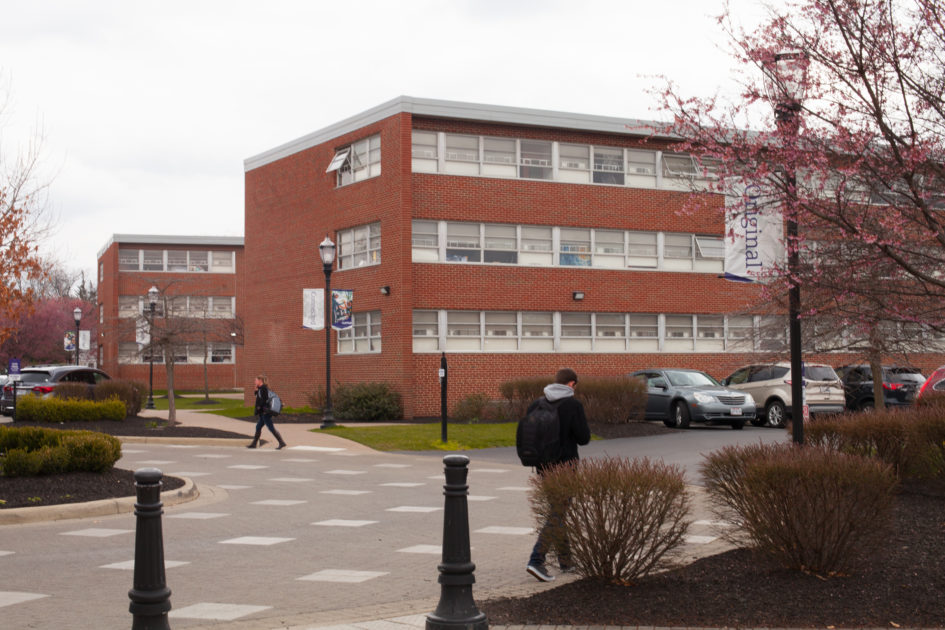With Capital announcing plans to reopen in the fall amid the continuing COVID-19 pandemic, what exactly can students expect?
In a previous article released by the Chimes, Capital announced that it would be making plans to reopen campus this fall.
Since new COVID-19 cases are being confirmed each day, some might think it’s strange for the school to make such an announcement at this time.
Dr. Jody Fournier, Provost of Capital, spoke on behalf of the school, and clarified that there are no absolutes in this situation, only multiple strategies for different scenarios.
“We wanted to let everyone know we are creating plans to allow this to happen in a way that maintains the health and safety of our community,” Fournier said. “We will be prepared for all possible scenarios we may face in the fall.”
Regardless of the scenario, it’s fair to say that social distancing may still be a prevalent thing come this fall, and that will most likely bring major changes to how students normally experience the campus.
Logically, classrooms and living spaces would have to be cut down dramatically so that social spaces can be maintained.
In a university update email released on May 5, Denise Russell stated, “The changes we are exploring include smaller classes, reconfigured classrooms and meeting spaces, lower occupancy in residential units, adapted food service practices, enhanced cleaning protocols, and modifications to the course schedule.”

Something to note from the email is “lower occupancy in residential units.” This could lead some to believe that there will be another housing process that will need to be done.
“We have not yet received guidance from the state, county, and city of Bexley regarding occupancy of residence halls,” Fournier said. “We will have a process in place if we have limited occupancy requirements for housing our students. I am not yet sure what this process will look like.”
Right now, planning groups are developing models for how the campus will function in various situations that could crop up during the fall, so currently there are no detailed outlines for how the university will manage these situations.
When thinking of reducing class sizes, there are a few ramifications that come to mind. If classes are split up and reduced down, that could probably affect many time slots. In turn, altering the original time slots could lead to rescheduling. Or worse, what if students were to be dropped from some of their classes in order to make room?
Also, if classes are going to be smaller, does that mean teachers will have to teach more classes overall because their students are spread out around multiple sections?
Of course, it’s not like this is actually going to happen. Fournier believes that the chance of students having to reschedule classes is unlikely based off of their models so far.
“The leading models do not require students to register again or have different class meeting times,” Fournier said. “Faculty will not teach more courses if we have reduced occupancy in classrooms. Students will not be dropped from classes in any of the models being considered for instruction for the fall.”


